Savage X Fenty, Rihanna’s two-year-old online lingerie brand, makes Victoria’s Secret look tame. At Savage’s annual fashion show, women strut out in crotchless teddies, sheer bras, and heart-shaped nipple pasties to the pulsating music of Travis Scott and Lizzo. But when you take a closer look, you begin to notice stark differences between the upstart and its 43-year-old predecessor. While the Victoria’s Secret show was known for skinny supermodels, Savage embraces diversity in every form, featuring women and men of all sizes, skin tones, and ages, including pregnant women and drag queens.
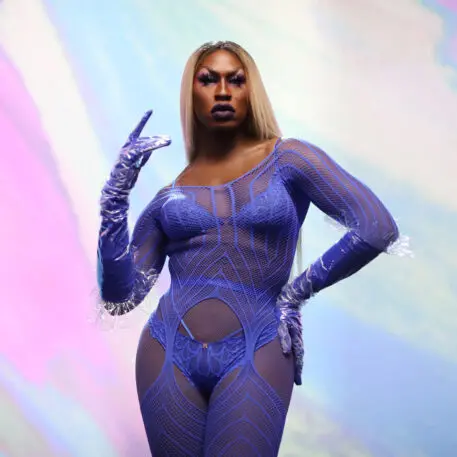
Today, Savage announces exclusively with Fast Company that it has landed $115 million in Series B funding from L Catterton, a private equity firm connected to LVMH, bringing Savage’s valuation to more than $1 billion. Part of this funding will fuel Savage’s upcoming rollout of brick and mortar stores, which will bring Savage’s digital experience to life. Savage’s goal is nothing short of creating a lingerie empire.
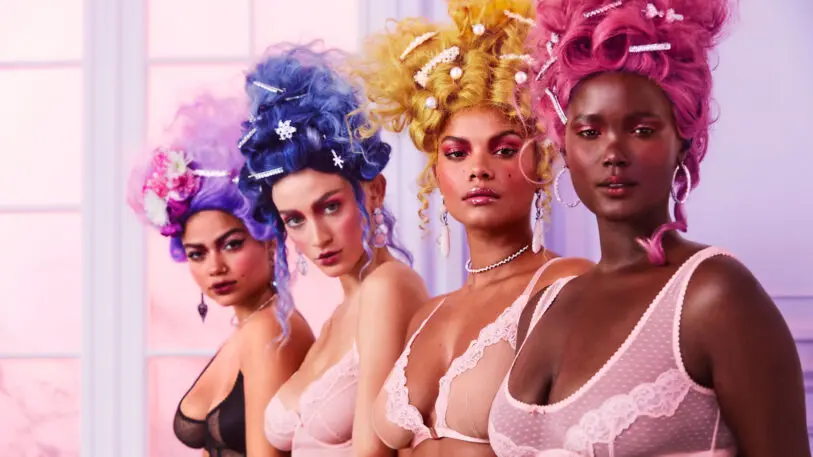
Sexiness From The Female Gaze
Savage is just one part of Rihanna’s business empire, but it is arguably the one with the potential for the most growth, given its mass-market price point. Her other brands—Fenty Beauty, Fenty Skin, and the now-closing Fenty Maison—are all built in partnership with LVMH, whose expertise is in creating luxury brands. With Savage, Rihanna is interested in creating an accessible brand with prices that start at less than $10 a bra. She built the brand in partnership with Tech Style Fashion Group, known for its portfolio of affordable subscription-based brands, such as ShoeDazzle and Kate Hudson’s activewear line, Fabletics. For $49.95 a month, which can be used as store credit, Savage customers can unlock cheaper members’-only prices.
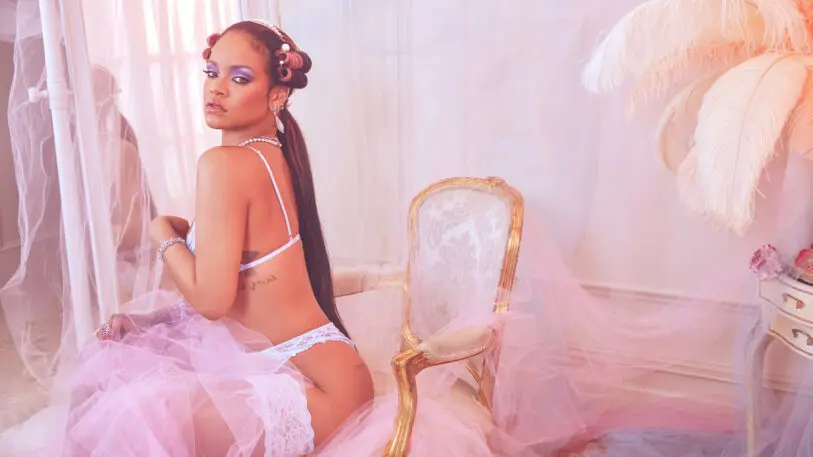
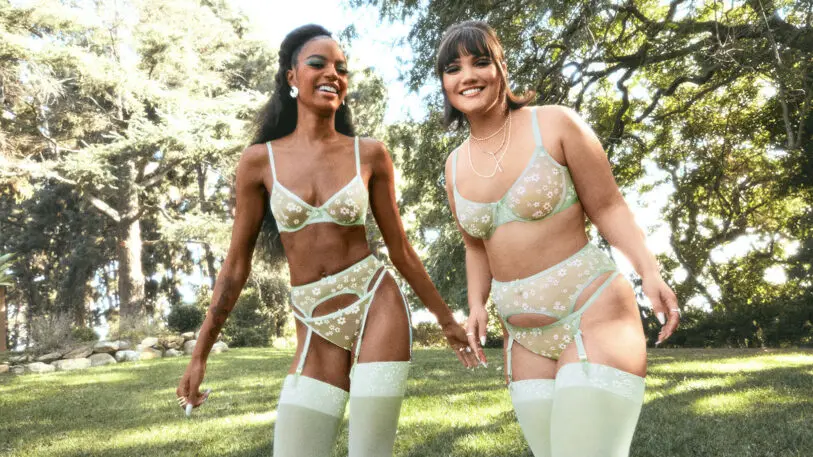
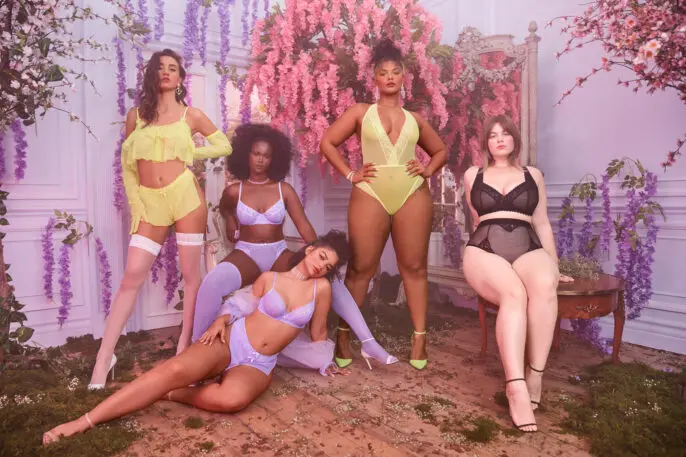
Everybody Deserves to Feel Sexy
While Savage’s Instagram feed and fashion shows tend to feature the sexiest pieces in the collection, Pendarvis, who leads product design, says the brand is actually focused on creating a wide array of aesthetics. Alongside the plunge bras with cutouts, there are comfy bralettes and unlined T-shirt bras. “We don’t shy away from sexuality—it’s part of the female identity,” she says. “But we want to give women the freedom to define it however they choose. For some women, they might be a product that is more casual and comfortable. And it might change over time, or even over the course of the day. How she wants to show up with a partner may be different from how she shows up lounging around the house on a Saturday.”
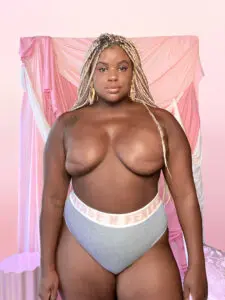
Pendarvis, who has worked for plus-sized brands in the past, says that Savage takes a painstaking approach ensuring that the lingerie looks good and fits well across the size range, which goes from 30A to 42H in bras, and XS to 3X for underwear and pajamas. It is common for brands to create one prototype of a garment, then scale it up or down to different sizes, but this can create distortions, particularly in the largest sizes. Savage avoids this by designing several versions of each garment for smaller and larger sizes, so the aesthetic and comfort of the product is consistent across the range.
Embracing Amazon
In its fight to take on Victoria’s Secret, Savage has an advantage: In a rapidly changing retail landscape, it is a digitally native, data-driven brand. And from the start, Savage has chosen to partner with Amazon, the internet’s largest retailer. Historically, fashion labels have had a contentious relationship with Amazon, which is known for slapping vendors with high fees and unfavorable terms or copying best-selling products through its private label brands. But Rihanna believes Savage can leverage Amazon’s enormous reach to its advantage—while also reimagining the traditional fashion show, which is on the decline.
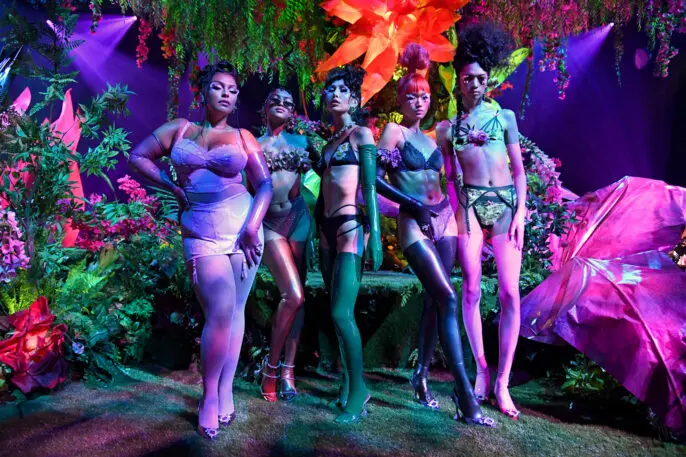
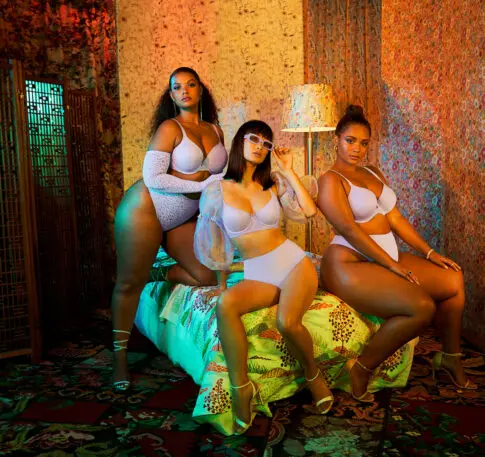
Given that the pandemic is still raging, and many consumers aren’t comfortable shopping in stores, the Savage team is negotiating when to debut the stores. It’s also worth noting that consumer shopping preferences change quickly: Some digitally native brands, such as Rent the Runway, were once bullish about opening physical stores but ended up closing them later. But if Savage’s stores do take off, they will give customers a chance to physically step into the world that Rihanna has created, one where the old rules of sexuality and lingerie no longer apply. For instance, there’s likely to be a men’s section in the store. Last year, Savage launched a capsule collection full of silky boxers and smoking jackets. It was so popular, the brand decided to make it a permanent part of the assortment.
After centuries of men making women’s lingerie, Rihanna has flipped the script: She’s designing men’s lingerie from a female gaze.
Recognize your brand’s excellence by applying to this year’s Brands That Matter Awards before the final deadline, June 7.
Sign up for Brands That Matter notifications here.
